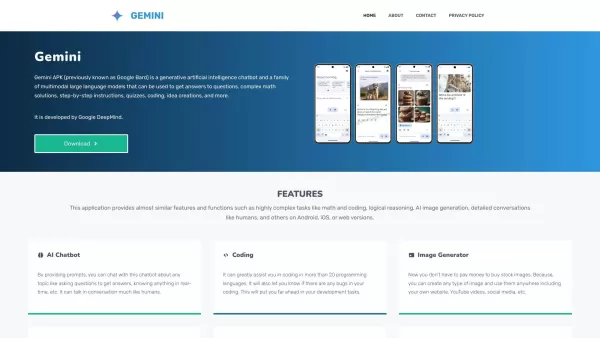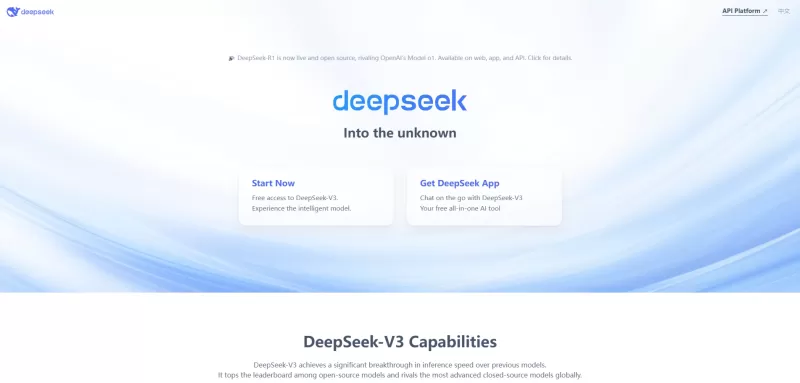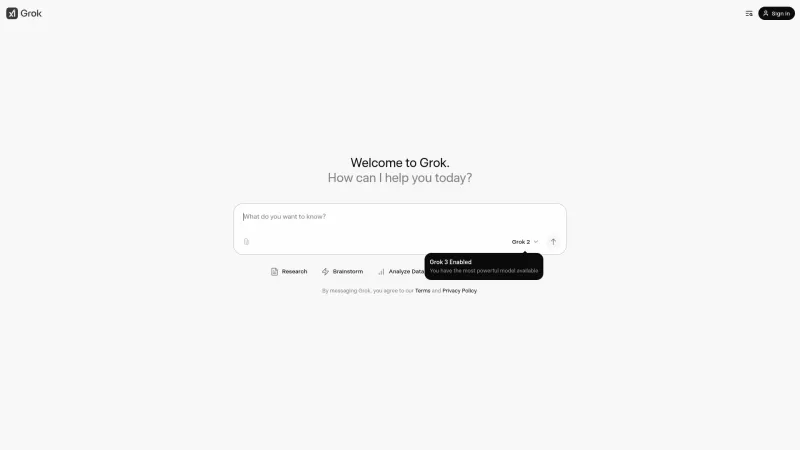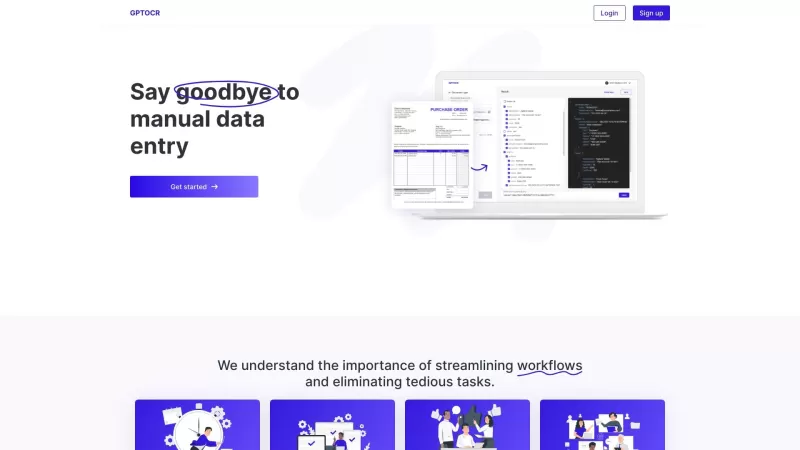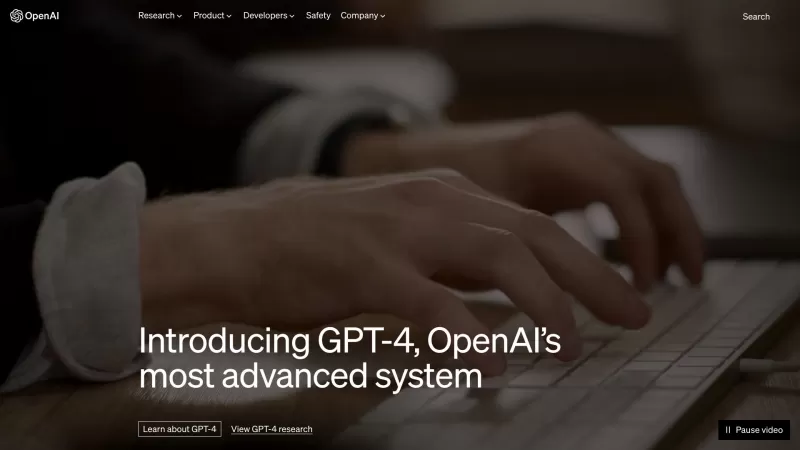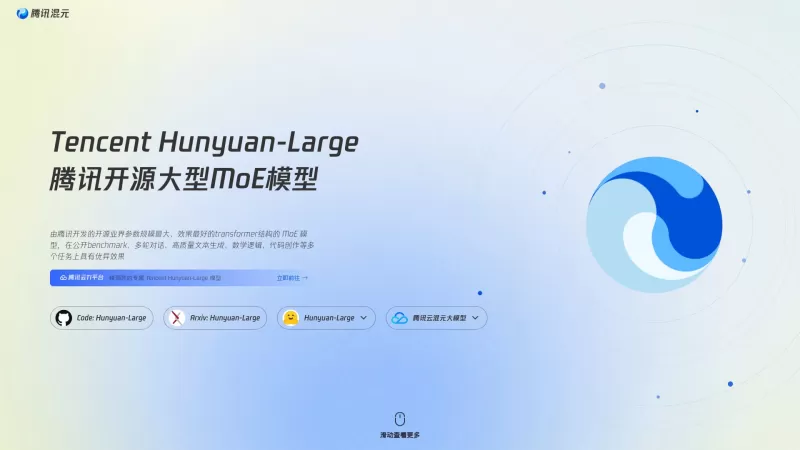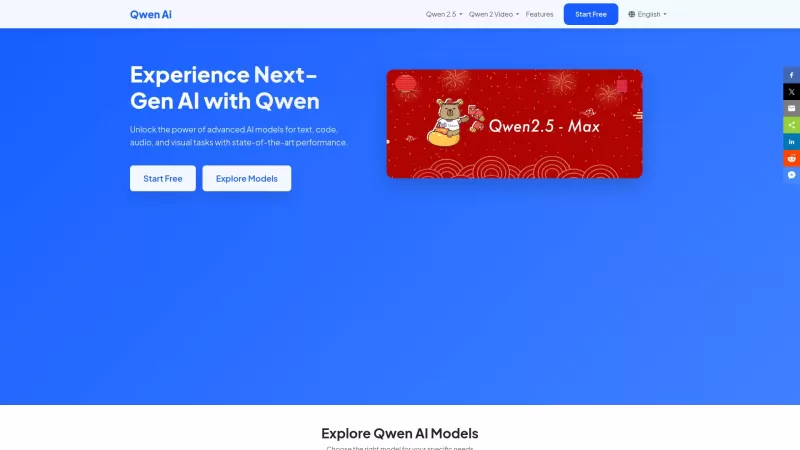Mastering AI Orchestration: Transforming Chaos into a Streamlined Workflow

The growing adoption of AI agents across enterprises has created an urgent need for robust orchestration solutions. As businesses progress from single-agent implementations to complex multi-agent ecosystems, establishing an effective management framework becomes critical for long-term success and interoperability.
The Evolving Landscape of AI Orchestration
With AI adoption accelerating, enterprises now face a competitive marketplace of orchestration providers offering diverse approaches. Leading solutions span from prompt-based frameworks to comprehensive end-to-end systems, including offerings from LangChain, LlamaIndex, Crew AI, Microsoft's AutoGen, and OpenAI's Swarm.
Essential Components of AI Orchestration
- Intelligent Prompt Management: Ensures consistent, optimized model interactions
- Seamless Integration Tools: Connects new AI workflows with existing systems
- Advanced State Management: Maintains system awareness across operations
- Comprehensive Monitoring: Tracks performance metrics and agent effectiveness
5 Strategic Best Practices for AI Orchestration
- Align with Business Objectives: Clearly define how AI agents will support organizational goals before selecting tools.
- Strategic Tool Selection: Choose LLMs and frameworks that directly support your use cases.
- Orchestration Requirements: Prioritize needed capabilities whether integration, workflow design, or monitoring.
- System Integration Planning: Map existing infrastructure that must connect with new AI workflows.
- Data Pipeline Optimization: Understand data flows to properly evaluate agent performance.
Implementation Considerations
When evaluating orchestration solutions, enterprises should seek frameworks offering complete transparency and control. As noted by industry leaders, successful implementations require absolute command over:
- Information flow to LLMs
- Execution sequencing
- Context engineering capabilities
Key Evaluation Criteria
Prioritize these factors when assessing orchestration platforms:
Critical Feature
Business Impact
System Integration
Ensures compatibility with current tech stack
Workflow Design
Enables customization for specific use cases
Performance Monitoring
Provides visibility into agent effectiveness
Security Compliance
Protects sensitive data and operations
Strategic Implementation Approach
Successful AI orchestration begins with clearly defined objectives that inform tool selection and implementation planning. Enterprises should:
- Document current systems requiring integration
- Establish metrics for evaluating performance
- Phase deployment to manage complexity
- Continuously optimize based on monitoring data
Related article
 Amazon introduces AI-powered Lens Live for real-world shopping experiences
Amazon continues advancing AI-powered shopping innovations with Tuesday's introduction of Lens Live, an enhanced version of its visual search technology that gives customers real-time product discovery capabilities. This upgrade builds upon Amazon Le
Amazon introduces AI-powered Lens Live for real-world shopping experiences
Amazon continues advancing AI-powered shopping innovations with Tuesday's introduction of Lens Live, an enhanced version of its visual search technology that gives customers real-time product discovery capabilities. This upgrade builds upon Amazon Le
 "AI Mode Introduces Innovative Ways to Engage with Information"
The Future of AI-Powered Search Is Here: AI Mode Opens to EveryoneMillions of users are revolutionizing their search experience with AI Mode in Google Labs - tackling complex inquiries, refining results through conversational follow-ups, and uncoveri
"AI Mode Introduces Innovative Ways to Engage with Information"
The Future of AI-Powered Search Is Here: AI Mode Opens to EveryoneMillions of users are revolutionizing their search experience with AI Mode in Google Labs - tackling complex inquiries, refining results through conversational follow-ups, and uncoveri
 Easily Create Stunning Comics with AI-Powered Comic Factory
Comic Factory AI represents a quantum leap in digital storytelling, transforming how visual narratives are crafted. This groundbreaking platform leverages artificial intelligence to instantly convert text descriptions into professional-grade comic ar
Comments (0)
0/200
Easily Create Stunning Comics with AI-Powered Comic Factory
Comic Factory AI represents a quantum leap in digital storytelling, transforming how visual narratives are crafted. This groundbreaking platform leverages artificial intelligence to instantly convert text descriptions into professional-grade comic ar
Comments (0)
0/200

The Evolving Landscape of AI Orchestration
With AI adoption accelerating, enterprises now face a competitive marketplace of orchestration providers offering diverse approaches. Leading solutions span from prompt-based frameworks to comprehensive end-to-end systems, including offerings from LangChain, LlamaIndex, Crew AI, Microsoft's AutoGen, and OpenAI's Swarm.
Essential Components of AI Orchestration
- Intelligent Prompt Management: Ensures consistent, optimized model interactions
- Seamless Integration Tools: Connects new AI workflows with existing systems
- Advanced State Management: Maintains system awareness across operations
- Comprehensive Monitoring: Tracks performance metrics and agent effectiveness
5 Strategic Best Practices for AI Orchestration
- Align with Business Objectives: Clearly define how AI agents will support organizational goals before selecting tools.
- Strategic Tool Selection: Choose LLMs and frameworks that directly support your use cases.
- Orchestration Requirements: Prioritize needed capabilities whether integration, workflow design, or monitoring.
- System Integration Planning: Map existing infrastructure that must connect with new AI workflows.
- Data Pipeline Optimization: Understand data flows to properly evaluate agent performance.
Implementation Considerations
When evaluating orchestration solutions, enterprises should seek frameworks offering complete transparency and control. As noted by industry leaders, successful implementations require absolute command over:
- Information flow to LLMs
- Execution sequencing
- Context engineering capabilities
Key Evaluation Criteria
Prioritize these factors when assessing orchestration platforms:
| Critical Feature | Business Impact |
|---|---|
| System Integration | Ensures compatibility with current tech stack |
| Workflow Design | Enables customization for specific use cases |
| Performance Monitoring | Provides visibility into agent effectiveness |
| Security Compliance | Protects sensitive data and operations |
Strategic Implementation Approach
Successful AI orchestration begins with clearly defined objectives that inform tool selection and implementation planning. Enterprises should:
- Document current systems requiring integration
- Establish metrics for evaluating performance
- Phase deployment to manage complexity
- Continuously optimize based on monitoring data
 Amazon introduces AI-powered Lens Live for real-world shopping experiences
Amazon continues advancing AI-powered shopping innovations with Tuesday's introduction of Lens Live, an enhanced version of its visual search technology that gives customers real-time product discovery capabilities. This upgrade builds upon Amazon Le
Amazon introduces AI-powered Lens Live for real-world shopping experiences
Amazon continues advancing AI-powered shopping innovations with Tuesday's introduction of Lens Live, an enhanced version of its visual search technology that gives customers real-time product discovery capabilities. This upgrade builds upon Amazon Le
 "AI Mode Introduces Innovative Ways to Engage with Information"
The Future of AI-Powered Search Is Here: AI Mode Opens to EveryoneMillions of users are revolutionizing their search experience with AI Mode in Google Labs - tackling complex inquiries, refining results through conversational follow-ups, and uncoveri
"AI Mode Introduces Innovative Ways to Engage with Information"
The Future of AI-Powered Search Is Here: AI Mode Opens to EveryoneMillions of users are revolutionizing their search experience with AI Mode in Google Labs - tackling complex inquiries, refining results through conversational follow-ups, and uncoveri
 Easily Create Stunning Comics with AI-Powered Comic Factory
Comic Factory AI represents a quantum leap in digital storytelling, transforming how visual narratives are crafted. This groundbreaking platform leverages artificial intelligence to instantly convert text descriptions into professional-grade comic ar
Easily Create Stunning Comics with AI-Powered Comic Factory
Comic Factory AI represents a quantum leap in digital storytelling, transforming how visual narratives are crafted. This groundbreaking platform leverages artificial intelligence to instantly convert text descriptions into professional-grade comic ar


